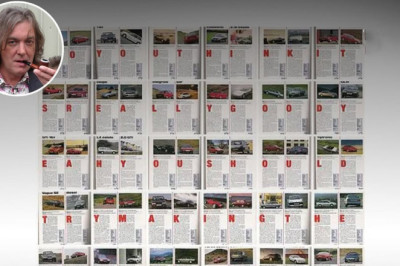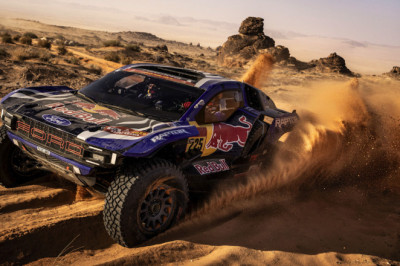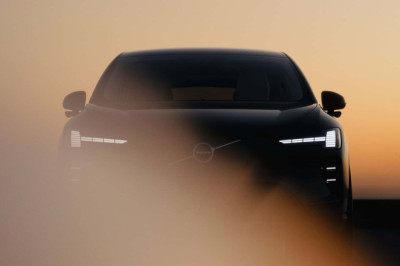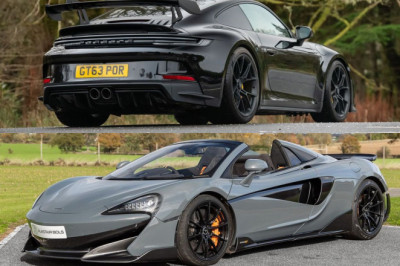
-
Origins of Sidecar Racing: The origins of sidecar racing can be traced back to the early 20th century when motorcycle enthusiasts sought ways to enhance the functionality of their bikes. Recognizing the need for additional seating capacity, they began experimenting with attaching a sidecar to their motorcycles, creating a three-wheeled vehicle.
The sidecar attachment provided a practical solution for riders who wanted to transport passengers or carry extra cargo. This modification quickly gained popularity due to its versatility and convenience. However, it wasn't long before the competitive spirit of motorcycle enthusiasts sparked the idea of using sidecar-equipped motorcycles for racing.
The introduction of sidecars in racing brought a new dimension to the sport, offering riders an opportunity to showcase their skills while navigating the challenges of controlling a three-wheeled machine. Sidecar racing quickly gained attention as a thrilling motorsport that demanded a unique set of riding techniques and strategies.
As the popularity of sidecar racing grew, dedicated competitions began to emerge. These early races often took place on public roads or improvised tracks, with riders pushing the limits of their modified motorcycles to achieve speed and maneuverability. Spectators were drawn to the spectacle, witnessing the daring feats of riders and their passengers as they negotiated corners and raced towards the finish line.
The practicality of sidecars combined with the excitement of racing led to an increase in participation and the establishment of formalized sidecar racing events. Organizers recognized the potential of this emerging motorsport and began hosting dedicated races and championships specifically for sidecar-equipped motorcycles.
The innovative use of sidecars in racing not only attracted riders but also inspired technological advancements. Manufacturers and individual enthusiasts started developing specialized sidecar designs, incorporating features such as streamlined fairings, improved suspension systems, and enhanced braking mechanisms to optimize performance on the track.
Over time, sidecar racing evolved into a fiercely competitive sport, with skilled riders honing their abilities to navigate the unique challenges posed by the three-wheeled machines. The coordination between the rider and the passenger became a crucial element, as they needed to work in harmony to maintain balance, control, and optimal speed throughout the race.
Today, sidecar racing continues to captivate fans around the world with its rich history and thrilling displays of skill and bravery. The origins of sidecar racing as a practical modification for motorcycles evolved into a dynamic and exhilarating motorsport, showcasing the ingenuity and passion of those who seek the excitement of racing on three wheels.
-
Early Competitions: In the early 1920s, sidecar racing took its first steps towards becoming a recognized motorsport. Organized competitions began to emerge, primarily in Europe, where motorcycle enthusiasts and thrill-seekers sought to test their skills and showcase the capabilities of sidecar-equipped motorcycles.
The early sidecar races were characterized by their unique and often challenging venues. Due to the limited availability of dedicated racing circuits at the time, these competitions took place on public roads or makeshift tracks, adding an additional element of excitement and danger to the sport. Spectators lined the streets, eagerly anticipating the high-speed action and thrilling maneuvers of the riders and their passengers.
These early races provided a platform for riders to demonstrate their riding prowess, as well as the capabilities of their sidecar machines. The races often featured a variety of obstacles and challenging terrain, including sharp corners, narrow stretches, and uneven surfaces. Riders had to navigate these obstacles while maintaining control and balance, relying on their skill and teamwork with their passenger to achieve the best possible performance.
The popularity of early sidecar racing grew rapidly, drawing both participants and spectators from near and far. The events became a gathering point for motorcycle enthusiasts, who shared a passion for the sport and an appreciation for the unique challenges posed by sidecar racing. The competitions fostered a sense of camaraderie among riders and showcased the daring spirit and competitive drive that defined the early days of the sport.
As the sport gained traction, organizers began to introduce regulations and standardized rules to ensure fair competition and enhance safety. Dedicated sidecar racing championships and series started to emerge, providing riders with a platform to compete against each other and showcase their skills on a larger scale.
The early competitions also played a crucial role in driving innovation and technological advancements in sidecar design. Manufacturers and individual enthusiasts continually experimented with different configurations, materials, and engineering techniques to improve the performance and handling of sidecar-equipped motorcycles. These developments not only enhanced the speed and maneuverability of the machines but also contributed to the overall safety and reliability of the sport.
The early years of sidecar racing laid the foundation for the sport's future growth and evolution. The thrilling races on public roads and improvised tracks captured the imagination of both participants and spectators, establishing sidecar racing as a captivating motorsport. The dedication and passion of those involved in these early competitions paved the way for the establishment of more formalized and professional sidecar racing events in the years to come, solidifying its place in the rich tapestry of motorsport history.
-
Growth in Popularity: Sidecar racing gained significant popularity throughout the 1930s and 1940s, with an increasing number of riders and teams participating in various competitions. The sport attracted passionate fans who were drawn to the unique spectacle and excitement of sidecar racing.
-
Technical Developments: As sidecar racing evolved, technological advancements played a crucial role in enhancing both the performance and safety of the machines. Innovations such as improved suspension systems, aerodynamic fairings, and more powerful engines contributed to faster speeds and greater stability on the track.
-
World Championships: In 1949, the Fédération Internationale de Motocyclisme (FIM) introduced the Sidecar World Championship, formalizing sidecar racing as an internationally recognized motorsport. Since then, the championship has been fiercely contested by talented riders from around the globe.
-
Thrills and Challenges: Sidecar racing is known for its intense racing action and unique challenges. The coordination between the rider and passenger is essential, as they must work together to navigate corners, maintain balance, and achieve optimal speed. The dynamic nature of the sidecar's design adds an additional level of complexity and excitement to the races.
-
Iconic Sidecar Racing Circuits: Several circuits have become synonymous with sidecar racing over the years. Tracks like the Isle of Man TT, Assen Circuit in the Netherlands, and Sachsenring in Germany have hosted memorable sidecar races, attracting dedicated fans who flock to witness the thrilling battles on the tarmac.
-
Notable Sidecar Racing Teams and Riders: Throughout its history, sidecar racing has produced legendary teams and riders who have left an indelible mark on the sport. Names like Egbert Streuer, Steve Webster, Rolf Biland, and Klaus Enders have become synonymous with sidecar racing excellence, achieving numerous victories and championships.
-
Evolution of Sidecar Technology: Sidecar racing has seen continuous evolution in terms of technology and design. From classic sidecars with rigid frames to modern machines equipped with advanced suspension systems and aerodynamic enhancements, the pursuit of speed and performance has pushed the boundaries of what is possible on three wheels.
-
Enduring Passion and Excitement: Today, sidecar racing continues to captivate motorsport enthusiasts worldwide. The combination of high-speed racing, skilled teamwork, and the unmistakable roar of the engines creates an electrifying atmosphere that keeps fans coming back for more.
Sidecar racing has a rich and thrilling history that spans over a century. From its humble beginnings to becoming an internationally recognized motorsport, sidecar racing has provided countless moments of excitement, showcasing the skill and bravery of riders and their passengers. As the sport evolves, sidecar racing continues to captivate fans with its unique blend of speed, teamwork, and adrenaline-fueled competition.














